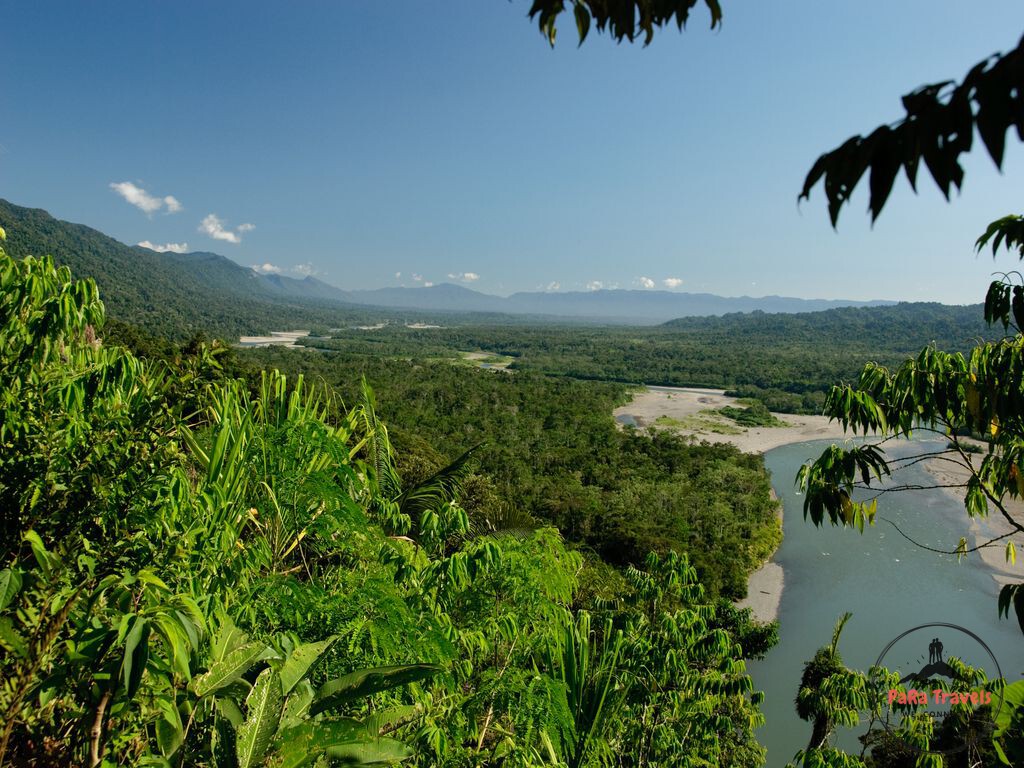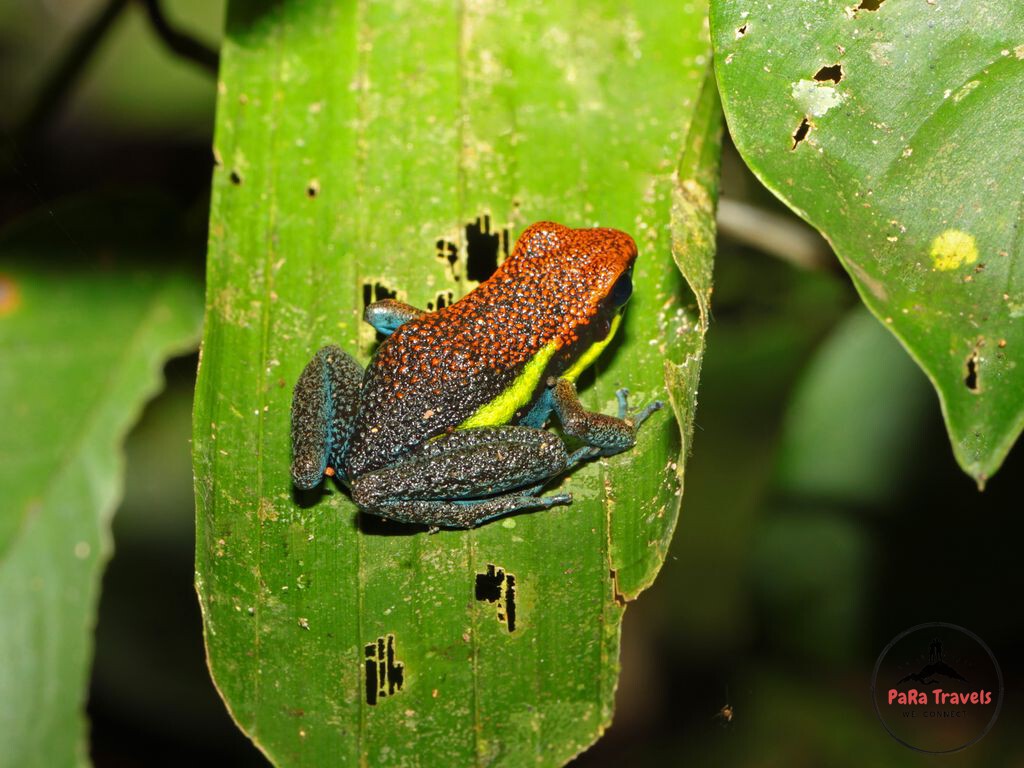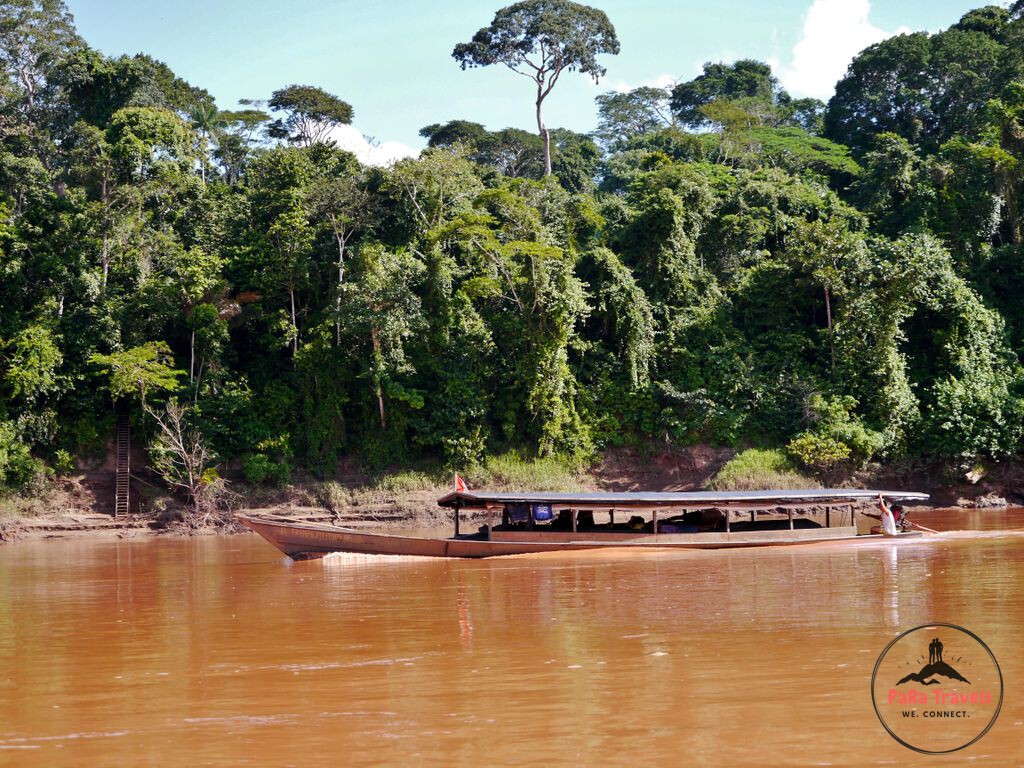PaRa Travels B.V.
COC: 86145347
VAT: 863876043B01
Bank: NL58INGB0675956862
Peru in 3 weeks - The Travel Guide
Reading time +/- 15 minutes
If you want to experience a true South American culture, go and explore Peru! Eat typical Peruvian food in the colonial city of Lima, board down sand dunes in the oasis of Huacachina, hike down Colca Canyon with its Andean condors, and while you’re at it, visit one of the seven Wonders of the World: Machu Picchu. We have created this 3 week journey so you can get a taste of the diversity which the country of the Inca’s has to offer without missing its highlights.
Content and Itineraries
The travelling direction from Lima to Cusco and not the other way around is on purpose. Lima is located at sea level whereas Cusco is at an altitude of 3.400 meters. If you climb so many meters in height within one day, you can suffer from altitude sickness and trust us, that’s not what you want on your holiday! Read more about altitude sickness on our FAQ-page.
Lima
For most people, Lima will be the welcoming gate to Peru. Don’t spend too much time in this big city as the rest of Peru has so much more to offer. However, Lima is the perfect place to recover from your flight and acclimatise. In trendy Miraflores you can find many restaurants, shops and hotels but make sure to walk through the colorful district of Barranco during the day to spot the most beautiful street art. Lima’s best architecture is mainly found on historic Plaza Mayor with its Cathedral of Lima, Municipal Palace and Palace of the Union. To make sure not to miss out on Lima’s highlights, local organisations offer several walking and bike tours.
For those loving more thrilling activities, Lima has some offers as well. The pacific coast provides some of the world’s best waves to practice surfing. Boards and wetsuits with or without a surfing teacher are rather cheap so make sure to check them out. When walking along the dock you will find plenty. Besides this, the cliff starting right after the shore creates the perfect spot for paragliding and many people choose to hover over Lima’s shores.
One thing you may absolutely not miss in Lima is its fine cuisine. We recommend going to a place called Barra Maretazo; a trendy restaurant with delicious Peruvian dishes for a fair price. We surely love their food! For those wanting to spend a little bit more but get acquainted with the Peruvian cuisine on yet another level, book ahead and go to Central Restaurant. It’s currently positioned number 6 of the World’s 50 Best Restaurants list. Chef Virgilio Martinez also stars in Netflix series ‘’Chef’s Table.’’
With your belly filled with delicious food, the best place to spend the night is in the districts of Miraflores or in the artistic Barranco. Therefore, lie down and get ready for travelling to the next destination: Huacachina.
Note: Some people prefer to travel via the coast of Paracas. However, in our opinion, this place is very touristic and not spectacular – Peru has way more to offer!
Lima – Huacachina by bus: +/- 5 hours
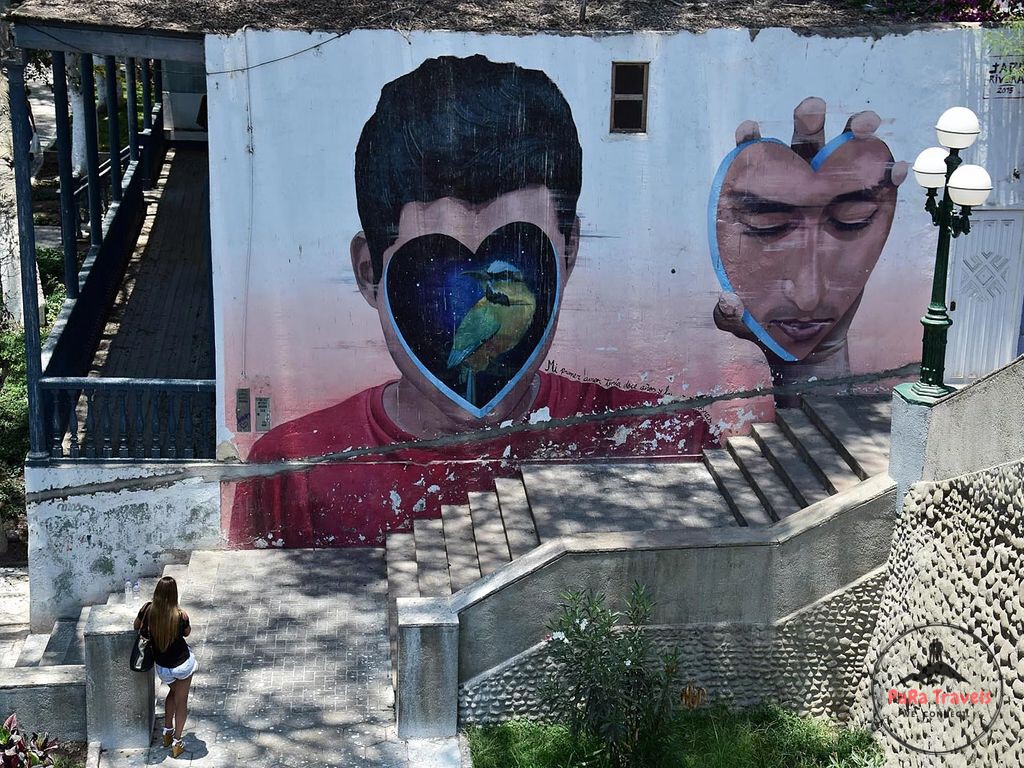
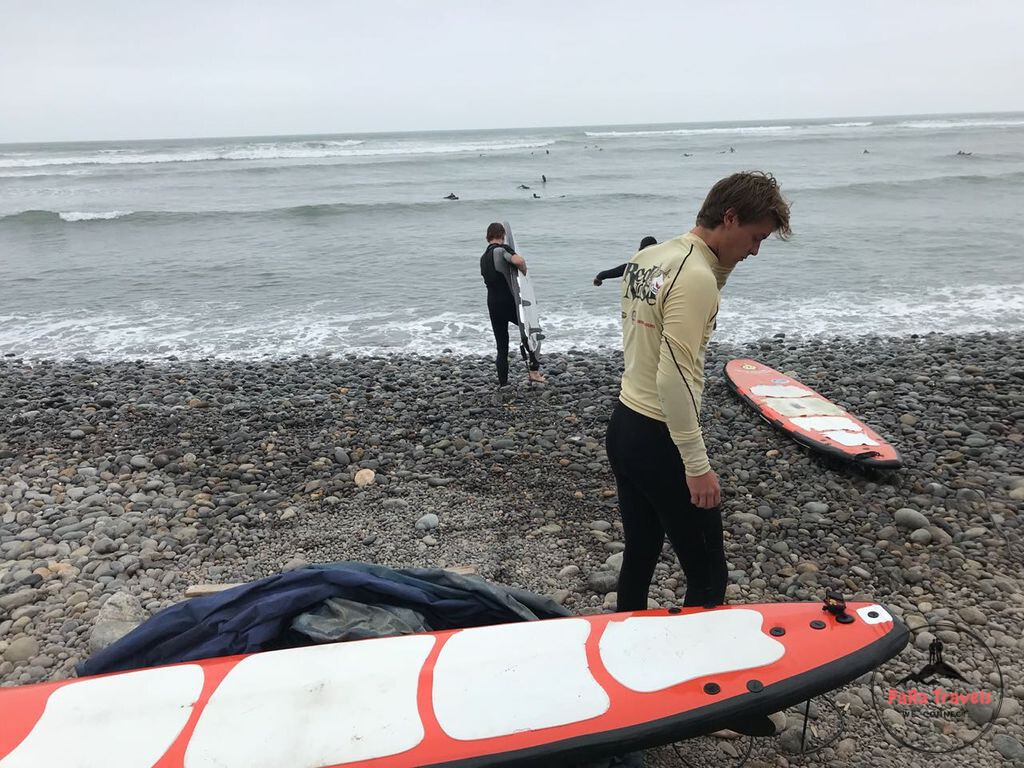
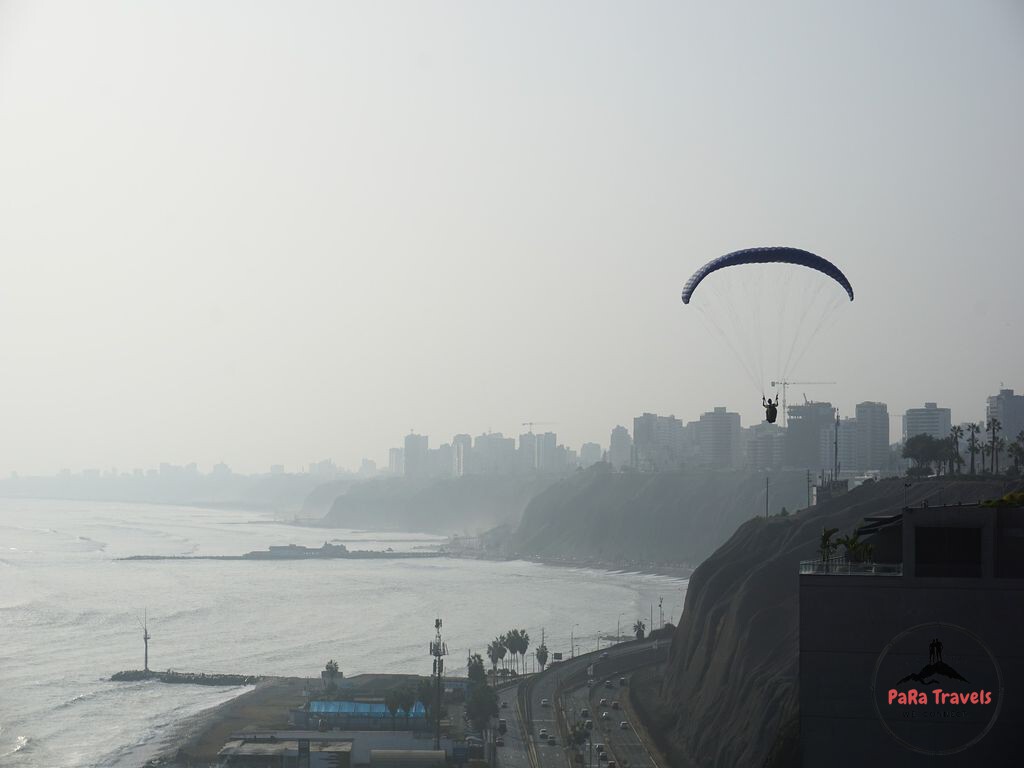
Don’t get fooled by the term ‘’hostel!’’ Besides dorms, hostels offer more luxurious private rooms with everything included. Therefore, besides using Booking.com, make sure to check out Hostelworld for the perfect place for you to stay.
Huacachina Desert
Continue your journey to the oasis village of Huacachina, just 10 minutes away from the city of Ica. The oasis is surrounded by huge sand dunes which you’re free to climb (don’t go too far of course!). When finally at the top: watch the sunset and enjoy the view! Besides this, the dunes offer the perfect place for lightning fast buggies to cross through at high speed. After racing, jumping and slipping over the sand, now it’s your turn to race! Go grab a sandboard, lie down (or stand straight up for the pro’s) and slide down the top of a hill. As sand will shoot in all directions during the buggy-ride and the sandboarding, we advise you to bring a facemask and cover your mouth and nose.
As Ica is rather boring, we strongly advise you to book your stay in Huacachina rather than Ica. Besides this, make sure to book the Desert Tour before arriving in Huacachina as the buggies leave for the desert at 10:00 AM and 4:00 PM. After your adrenaline rush, the small town of Huacachina doesn’t offer much so don’t stay for too long!
Huacachina – Arequipa by bus: +/- 12 hours
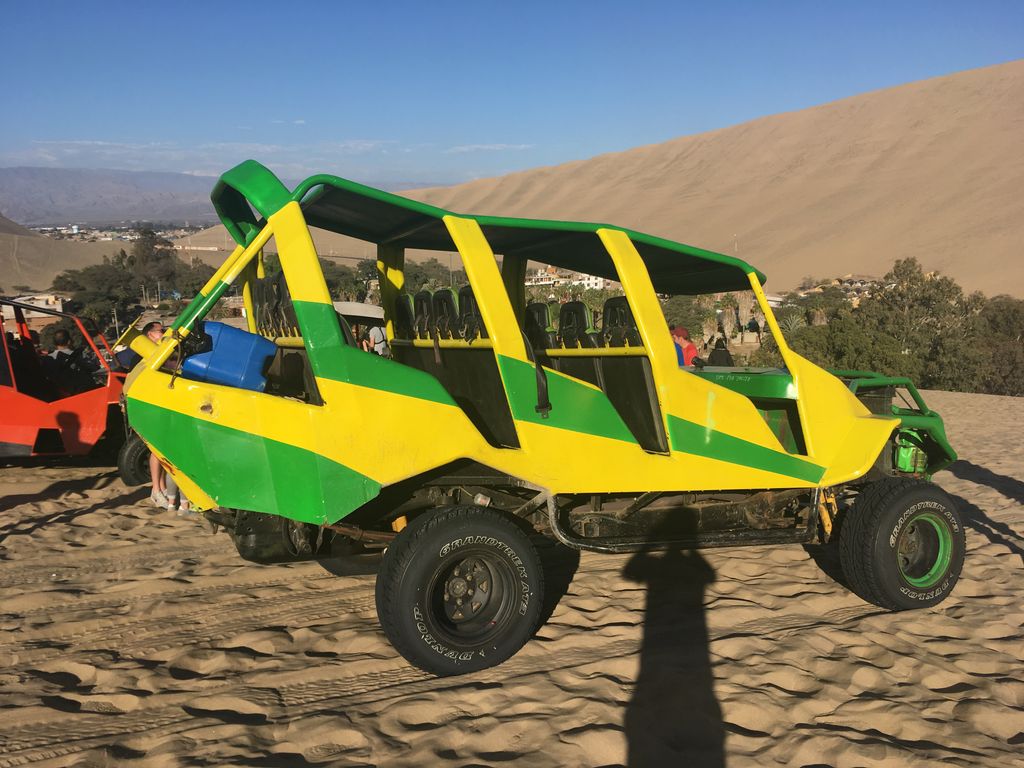
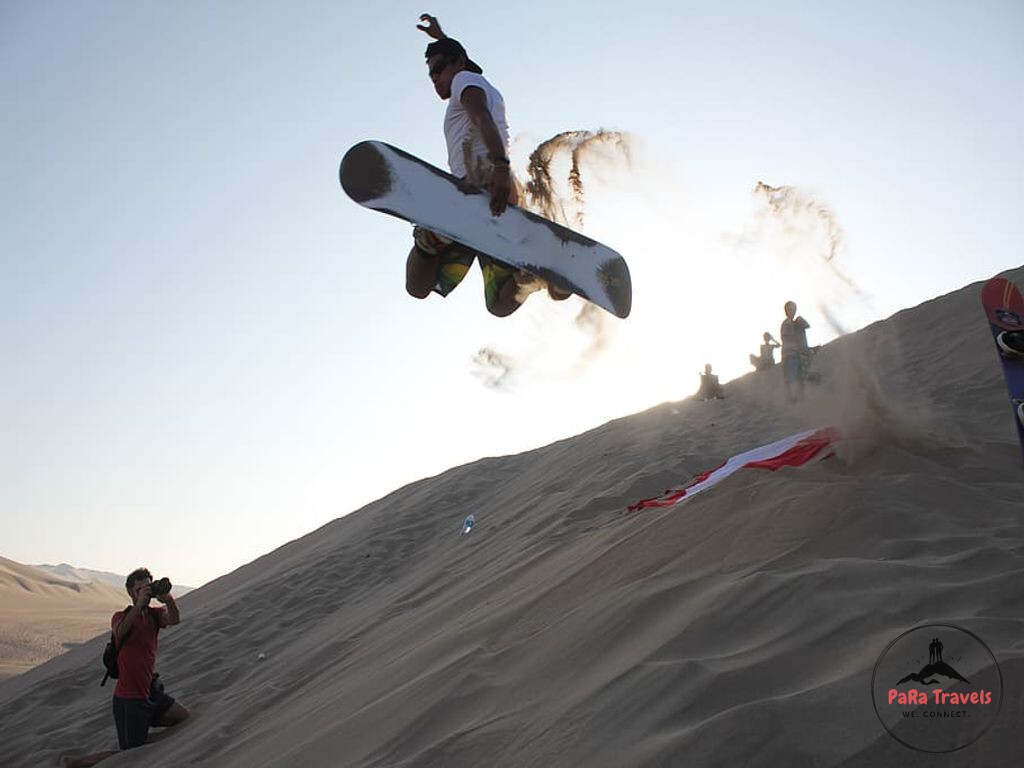
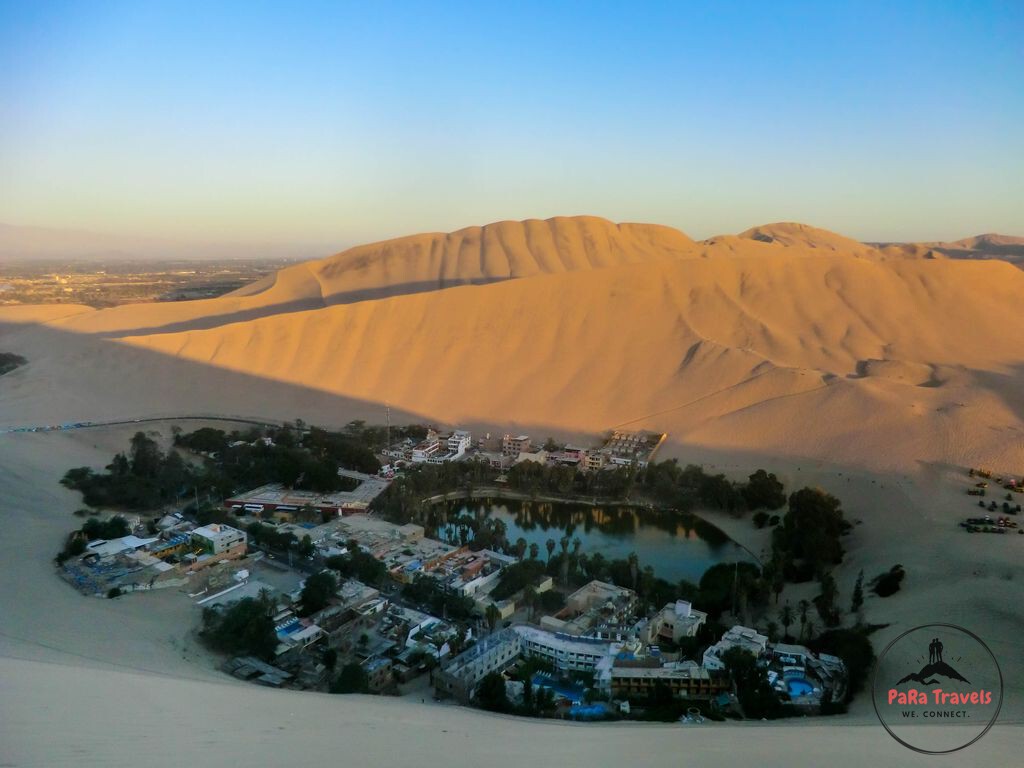
Due to the long distances, renting a car in Peru is not recommended. The buses in Peru are incredibly luxurious with large seats, WiFi and sometimes even a screen. The bus is therefore the ideal way to move around Peru. In some cases, even night buses are a perfect solution to spend a night while travelling and keeping the precious day time for other activities!
Personally we don’t advise taking the Peru Hop ‘’hop-on-hop-off bus’’ as they’re somewhat overpriced. We recommend you to use the Redbus or Busbud apps, compare prices of the different agencies and book your bus ride using the app or the agencies’ own websites some days before your travel. The best company that runs almost every route is Cruz del Sur. We figured that in some cases the Peruvian websites with local currencies are even cheaper than English websites!
The long route back from Cusco to Lima can either be carried out by bus or by plane. Keep in mind that the bus ride takes approximately 21 hours and costs are around 20 euros. By plane ”el vuelo” takes only 1.5 hours and -with some good planning- costs around 70 euros.
Arequipa and Colca Canyon
Arequipa is without any doubt the perfect place to stay while you’re in the middle of your 3 week tour through Peru. The city is guarded by high volcanoes which you can gaze on from the cities’ rooftops. Besides relaxing bars, the city offers nice restaurants with an excellent Peruvian cuisine. You must also have tasted Helado Queso: ice cream made from cheese. Sounds strange, right?
The central square of Plaza de Armas is the central point from where you can explore the city. Arequipa is also called the “white city” because most of the buildings are made of the silvery white sillar, a volcanic rock ejected by the Misti Volcano. Don’t forget to walk along the streets and alleys or go ‘’wool-shopping!’’ For those interested in architecture, culture and history, the Monastery of Santa Cataline is amongst the largest monasteries in the world and is surely worth a visit. Read more about what to do in the city of Arequipa in our blog ‘’20 things to do in Arequipa’’
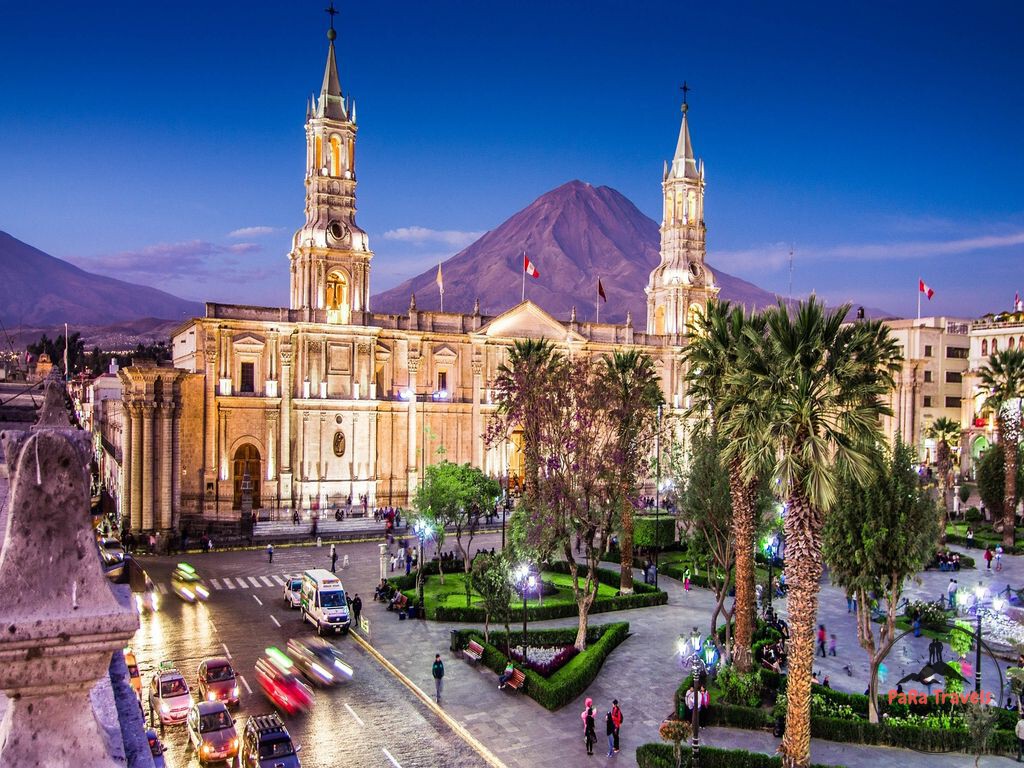
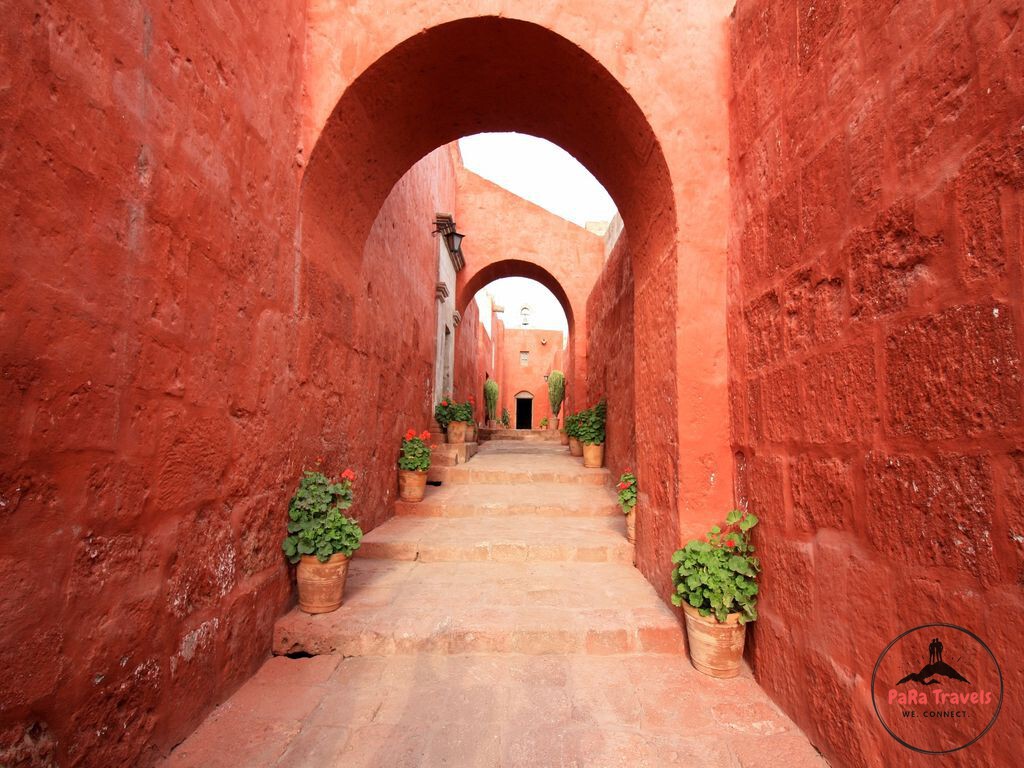
The city is located on approximately 2.300 meters above sea level. Therefore, get some time to acclimatise to the altitude before going on physical adventures such as climbing the Misti Volcano or hiking down the famous Colca Canyon; a gorge that is no less than twice as deep as the Grand Canyon and known for the Andean condor. These enormous birds can get a wingspan of more than 3 meters and will most probably be hovering over your head. On the way to the condors and the canyon you will pass beautiful viewpoints, picturesque Andean villages and many wild alpacas and vicuñas. The drive to the starting point of the hike will take approximately 4 hours and will cross the altitude of 5.000 meters before descending back, thus make sure to be accustomed to the height of Arequipa and pack some warm clothes!
The tour to Colca Canyon is offered ranging in length from 1-3 days. We recommend you to do the 2 day tour; the 1 day tour doesn’t go all the way down the canyon and the 3 day tour covers the same as the 2 day tour, but in more time. However, do keep in mind that the 2 day tour is physically challenging! Read more about a tour to the Colca Canyon.
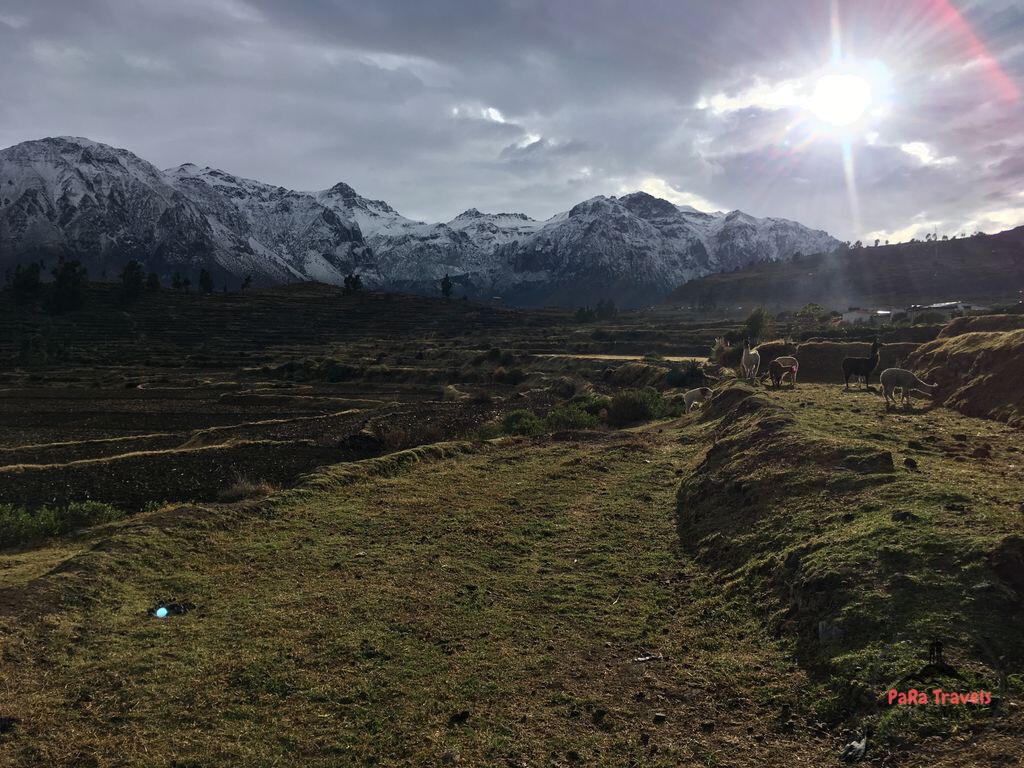
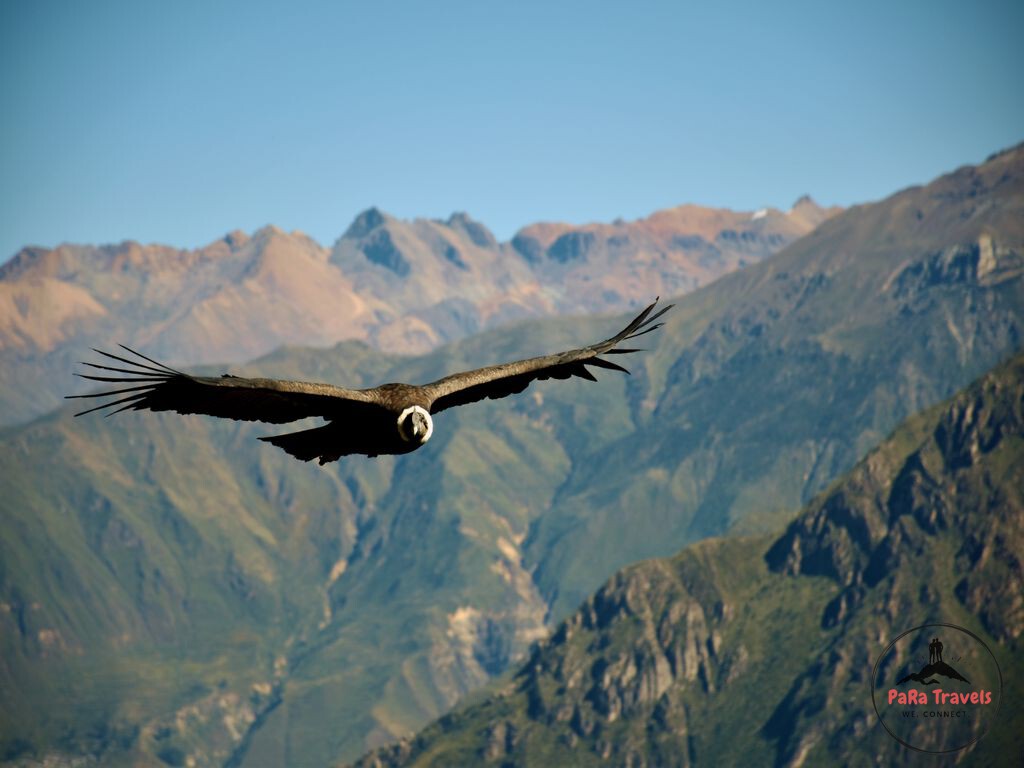
After visiting the canyon you most probably have to go back to Arequipa, either to spend another day or to take the bus to your next destination: Puno or Cusco!
Arequipa – Puno by bus: +/- 6.5 hours
Arequipa – Cusco by bus: +/- 10 hours
As you will be relaxing, travelling and hiking we recommend bringing clothes for all types of activities/temperatures. Sweatshirts will do the trick for temperature regulation during hikes! Besides this, it most probably can and will rain during one of your trips. Hence, pack a good quality rain jacket as well. Don’t forget your cap (or get one of PaRa Travels), insect repellent, and a power plug converter for sockets of type A and C!
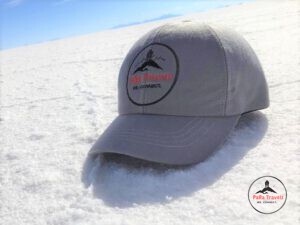
Puno and Lago Titicaca
Travel on to Puno, the base for a visit to ‘’Lago Titicaca.’’ Lake Titicaca is the largest lake in South America and at the same time the highest navigable lake in the world (>3.800 meters above sea level!). Visit the Uros Islands, where the local Peruvians live in thatched cottages on floating reed rafts. Isla Taquile and Isla Amanti in Lake Titicaca are also worth visiting. You can either sleep on one of the islands during a home-stay with one of the families (2-day tour), or spend the night in Puno and take a 1-day tour from here. Some visitors chose to opt out of Lago Titicaca and Puno because of the touristic character of the tours. However, in our opinion, the tours offer a unique view of the island life of the local people which really is a fantastic experience!
The city of Puno itself doesn’t offer very much, so don’t stay too long in the city itself. If you have some time left in the city, stroll around and climb up the blue stairs to a viewpoint over the city. Keep in mind that you are probably reminded of the high altitude as your stamina will be lower than you’re used to!
Puno – Cusco by bus: +/- 6.5 hours
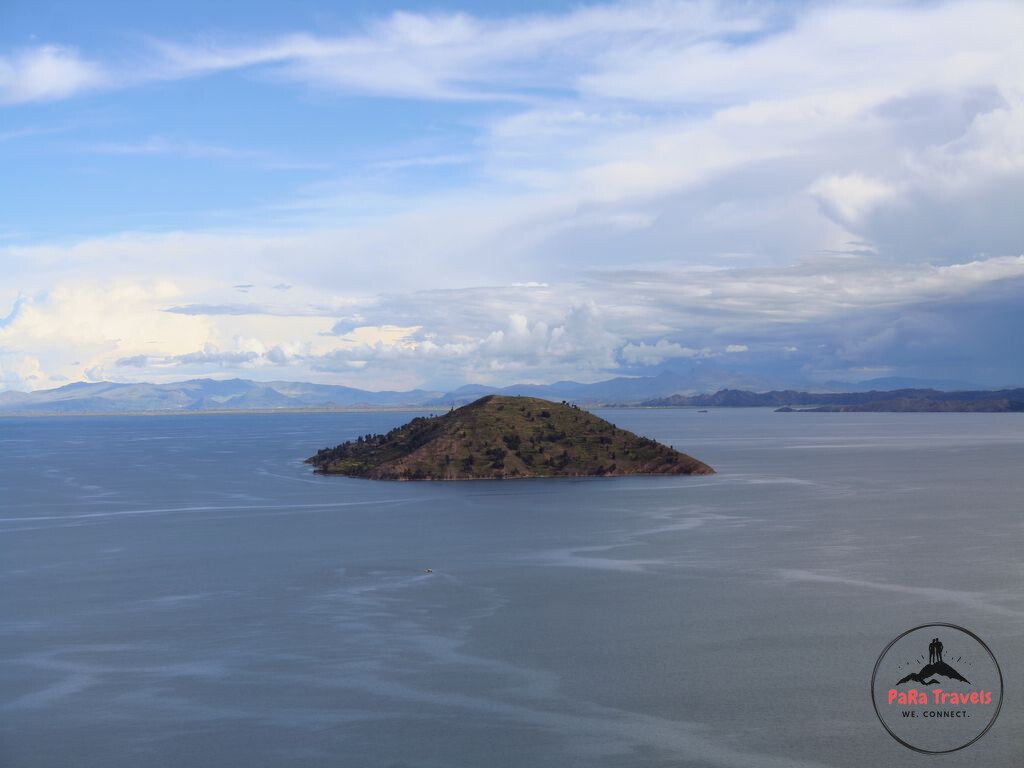
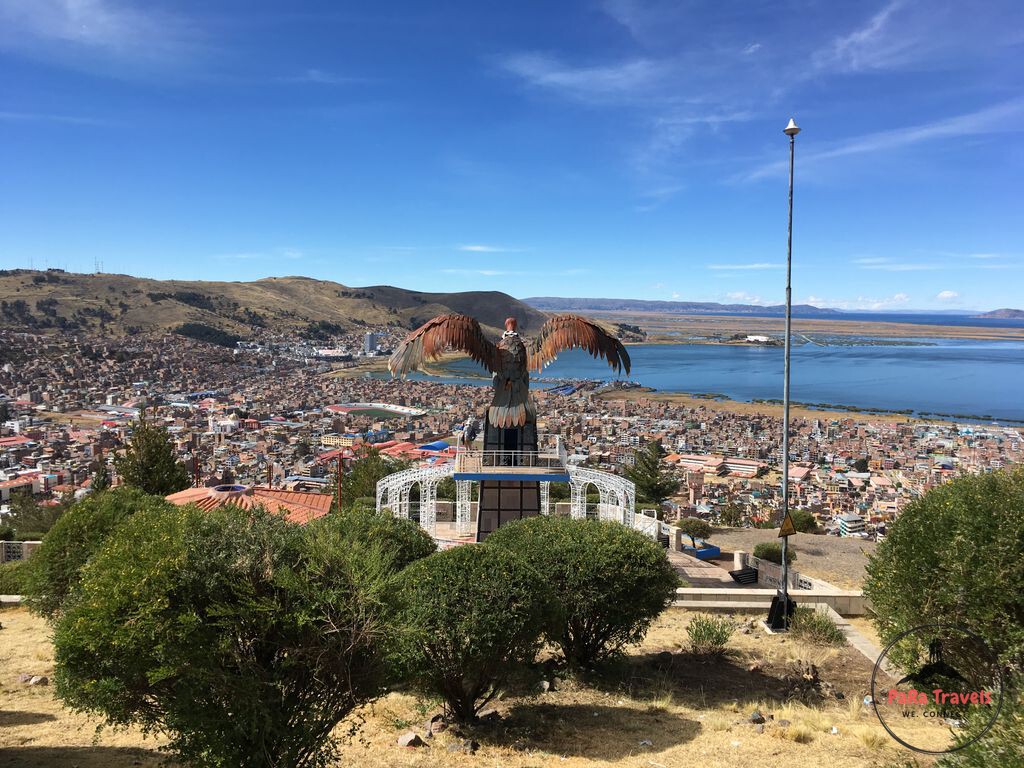
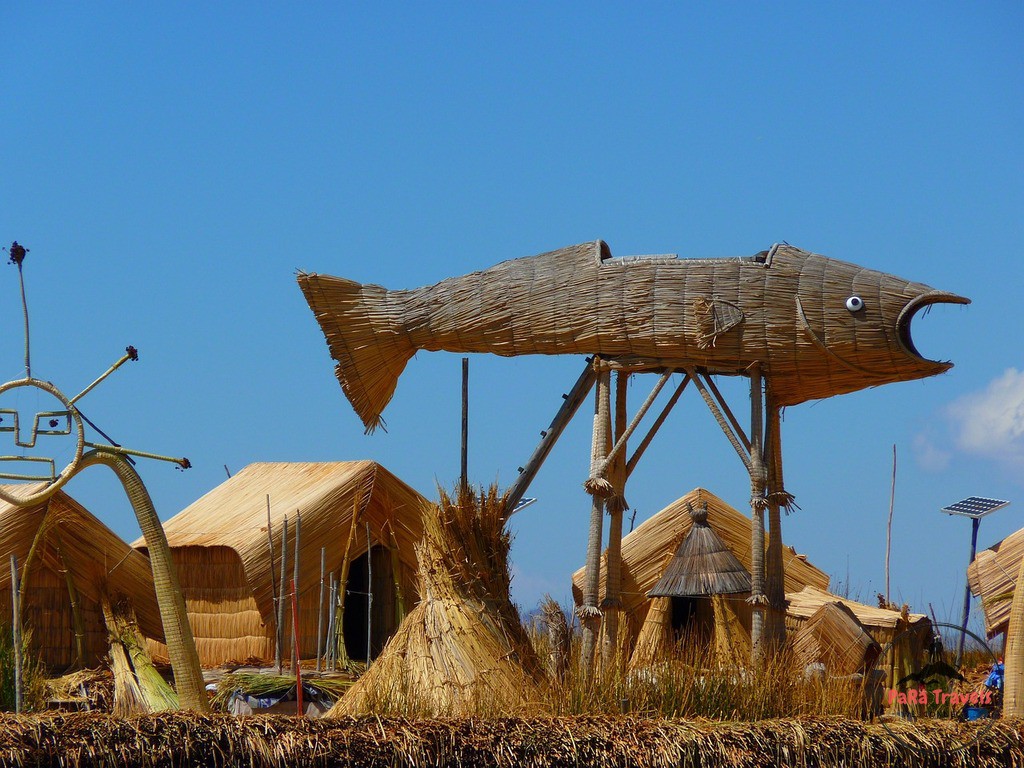
The best season to visit Peru is during the dry season (roughly April-October). Remember that in the high season (May-August) the winter season has begun which means that the temperatures can get below 0 degrees on great altitudes. Therefore, the months September until December are getting more and more popular, since people like to enjoy the more pleasant temperatures and want to avoid the crowded period. Do keep in mind that during those months the clouds – with or without rain – arise more often!
Cusco
When arriving from Puno, 3.400 meters above sea level, the altitude of Cusco probably won’t be a big problem for you. To be sure, take a day or two time to acclimatise when arriving from Arequipa. Luckily, there is plenty to see: beautiful historic buildings and squares, nice markets including Mercado San Pedro where you can stock up on all your Peruvian souvenirs, restaurants, bars and a blazing nightlife, Cusco city has it all. There are walking tours worth checking out as well!
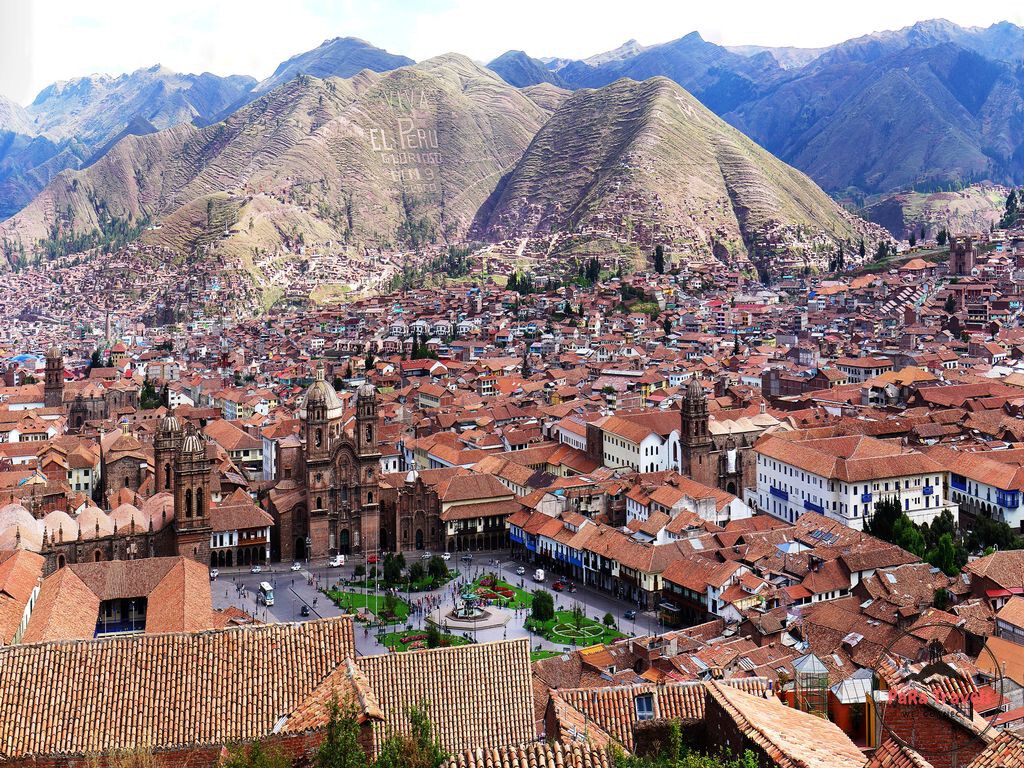
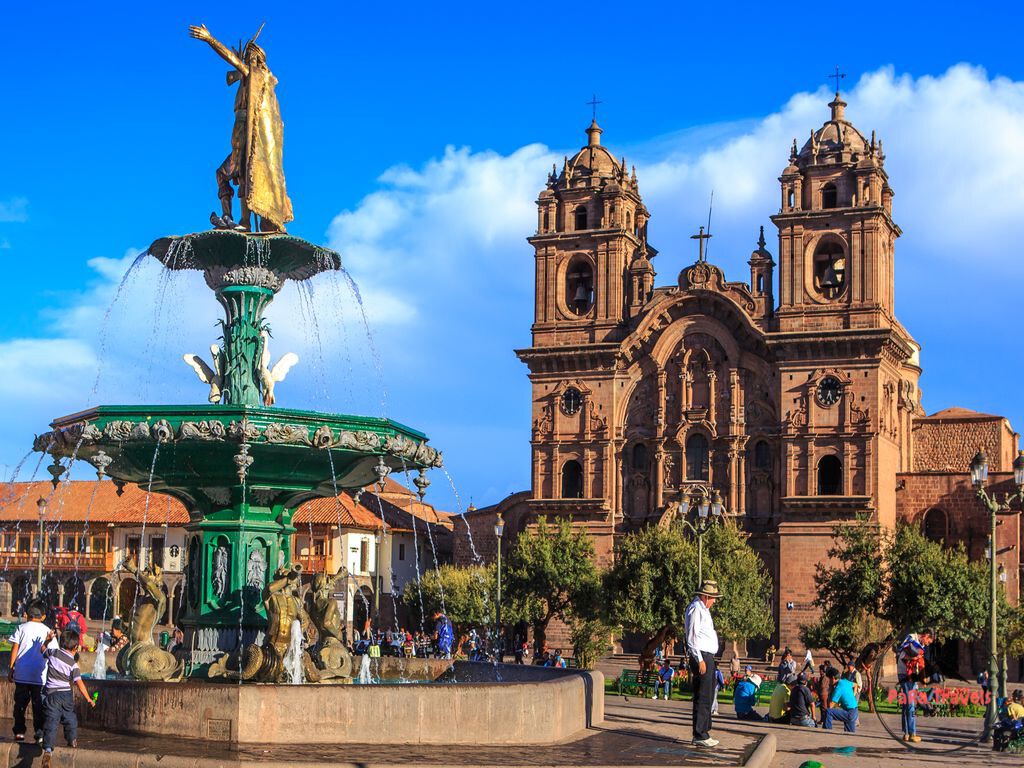
BUT, you’re in Cusco because it’s the central point of Peru’s most beautiful and thrilling excursions and that’s exactly the reason we advise you to stay here for some time! ”Must have seens” are the famous Rainbow Mountains and Sacred Valley of the Inca’s. Looking for more adventure and having some time left? Go and explore the unbeaten paths of Ausangate or Choquequirao. Last but not least, Cusco is the welcoming gate to explore Machu Picchu and the Southern Peruvian Amazon.
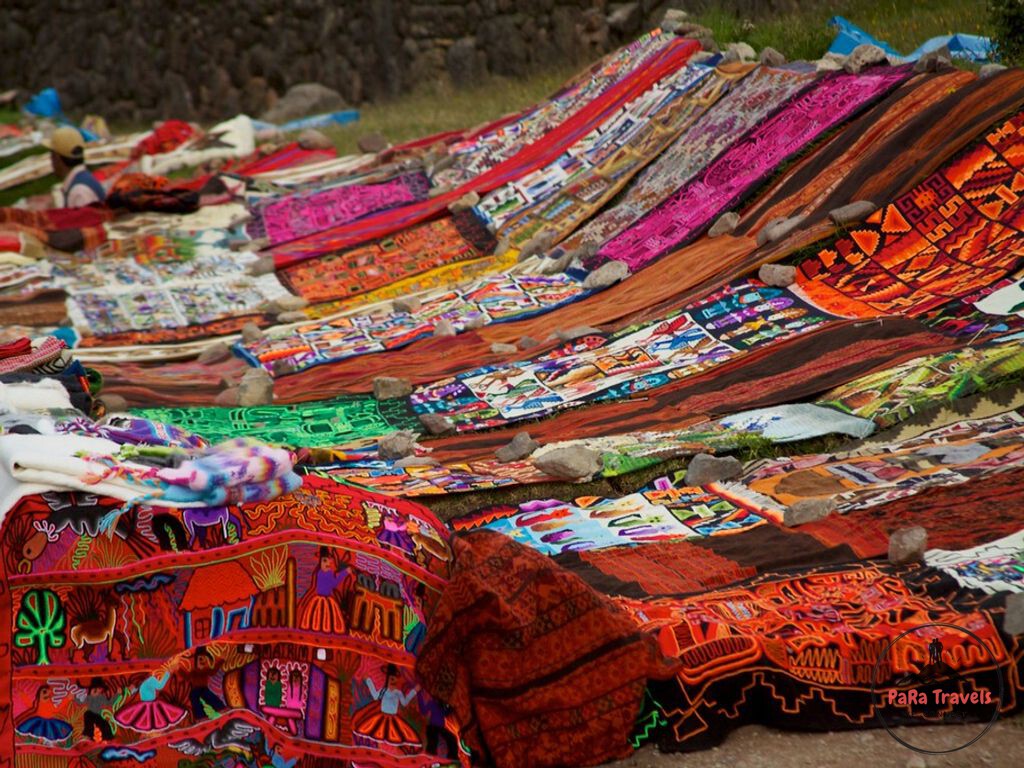
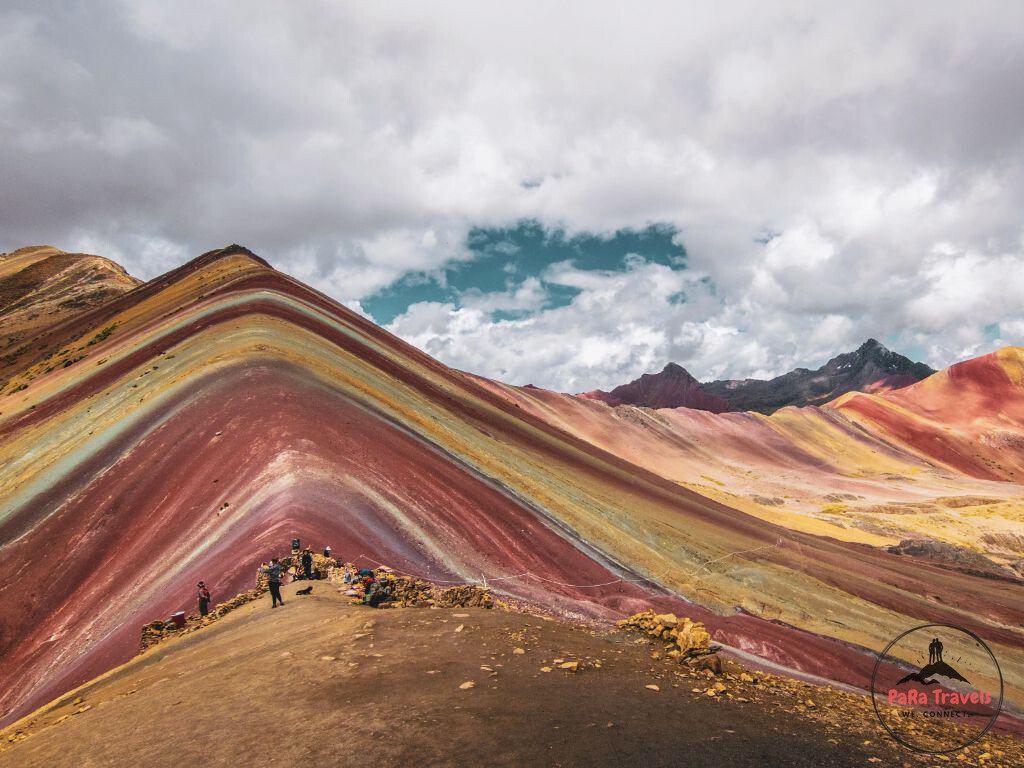
As there is so much to see and do here, you most probably will have to make choices. We often get the question which tour to do and that’s a tough one! If it’s up to us, the first priority is a multiple day Machu Picchu tour. Check out the available Machu Picchu tours here. After this, choose the Rainbow Mountains for a unique natural phenomenon or the Sacred Valley for a more cultural experience. The Amazon and the two unbeaten paths mentioned above are less touristic thus a perfect option for those loving some different kind of adventure!
Because there is very much to do and see, we wrote a special guide on Cusco and its surroundings, make sure to read it!
Cusco to Lima by bus: +/- 21 hours (20 euros)
Cusco to Lima by plane: +/- 1.5 hours (70 euros)
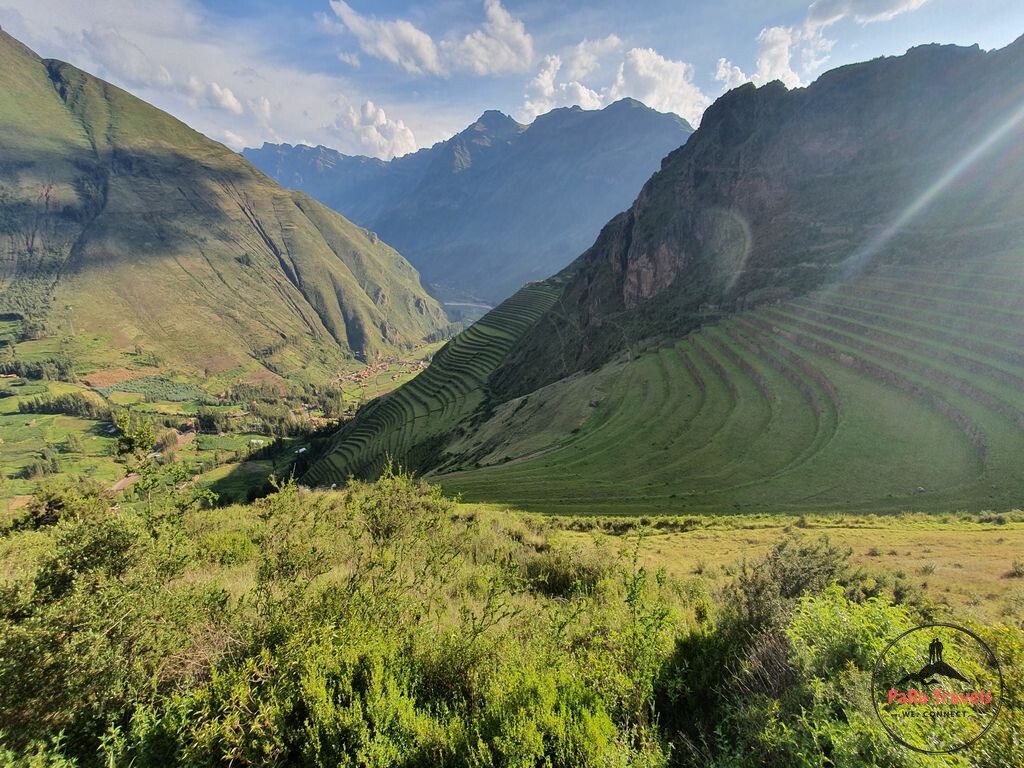
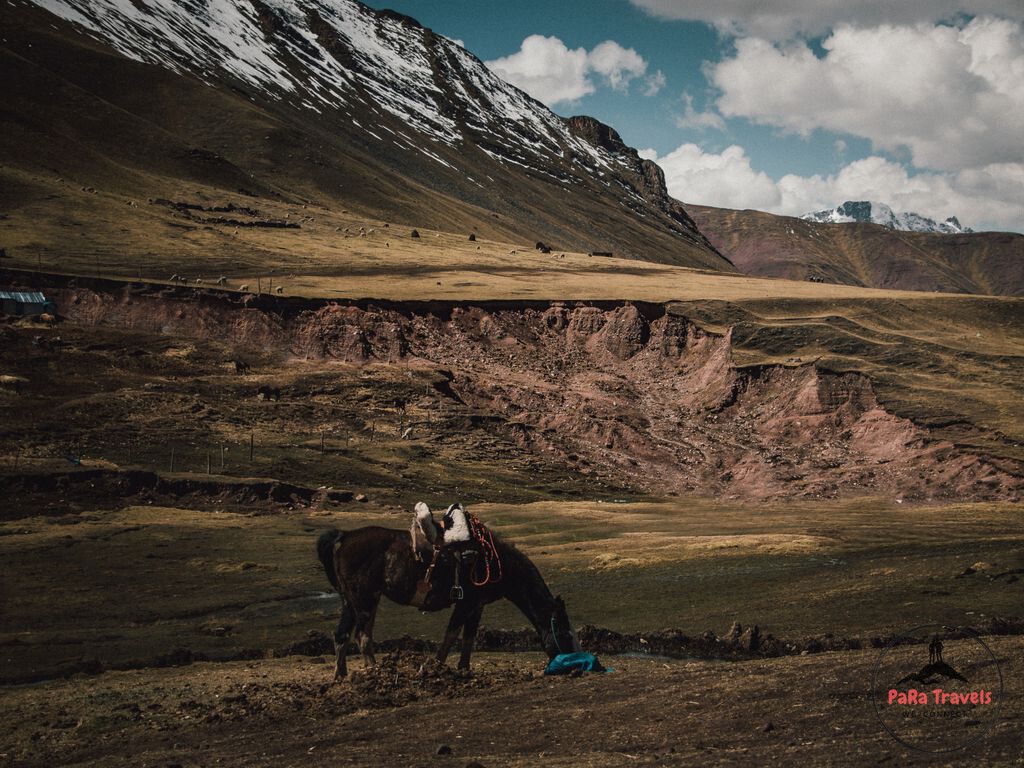
Vaccinations are not mandatory for your tour to Peru. However, Dutch health organisations recommend taking the Hepatitis A, Yellow Fever and DTP vaccinations. Avoid all contact with animals in areas where rabies occurs. Insect repellent provides enough protection against mosquitoes during this three week itinerary. Malaria occurs throughout the year in various places in Peru. Especially in the Amazon region and partly in the coastal areas there is a risk of contracting malaria.
Machu Picchu
Finally, it is time for the moment you most probably have been looking forward to… visiting Machu Picchu! You will definitely love one of the seven New Wonders of the World. The magic of the first sunshines over the Inca capital is something you can experience nowhere else in the world. Because of the unique experience, we strongly recommend you to build up the climax. Therefore, take your time and go for a multiple-day tour such as the traditional Inca Trail, the Salkantay Trail or the Jungle Trail. All trails have their own beauty and unique experiences, but share the same final goal of visiting Machu Picchu. More info on the differences can be found on our guide on Cusco and on our special Machu Picchu page. Of course, the city of MaPu is somewhat touristic, but in our opinion there is no Peru trip without it!
Several choices have to be made when visiting Machu Picchu. For example a morning or afternoon ticket (go for the morning!), tour extra’s such as visiting Huayna Picchu or Machu Picchu mountain (you should certainly do one of both!) and taking either the train or bus back to Cusco (train is more expensive yet more relaxing). Make sure to book ahead people! You don’t want to miss out on your preferred tour for this unique experience.
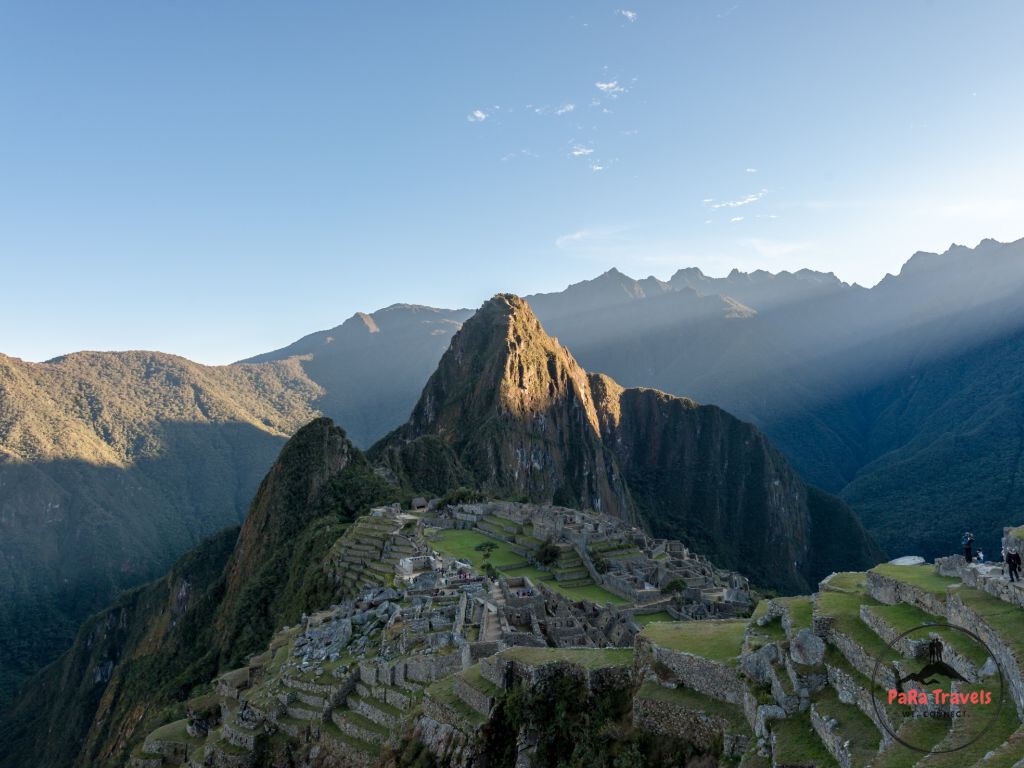
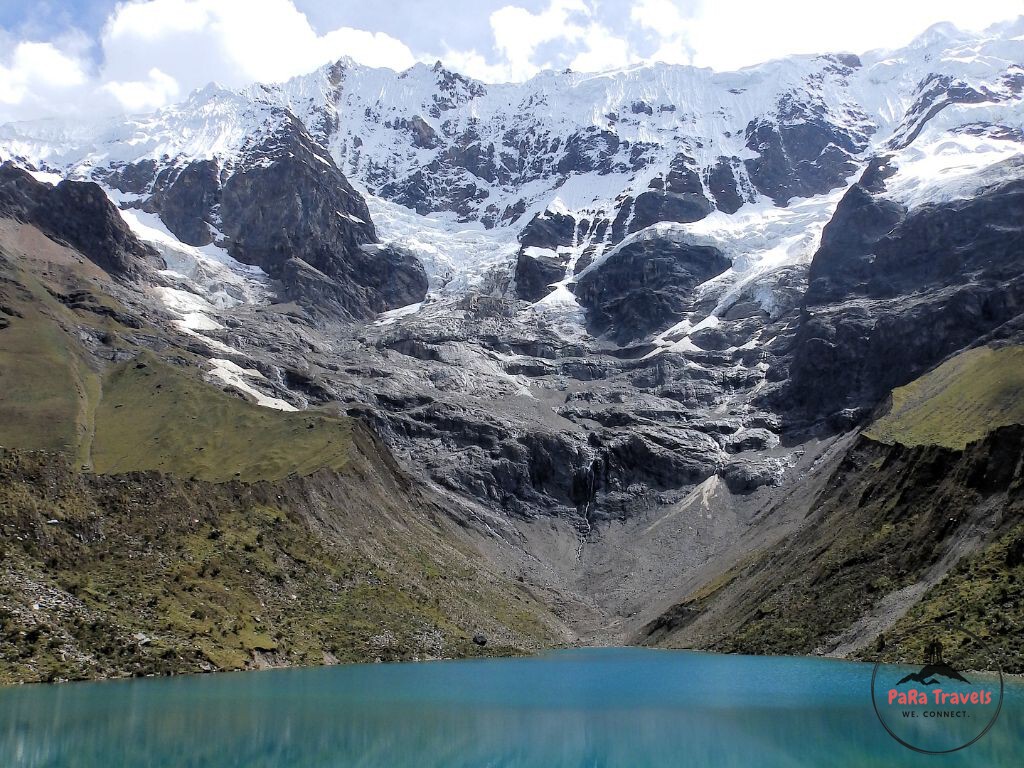
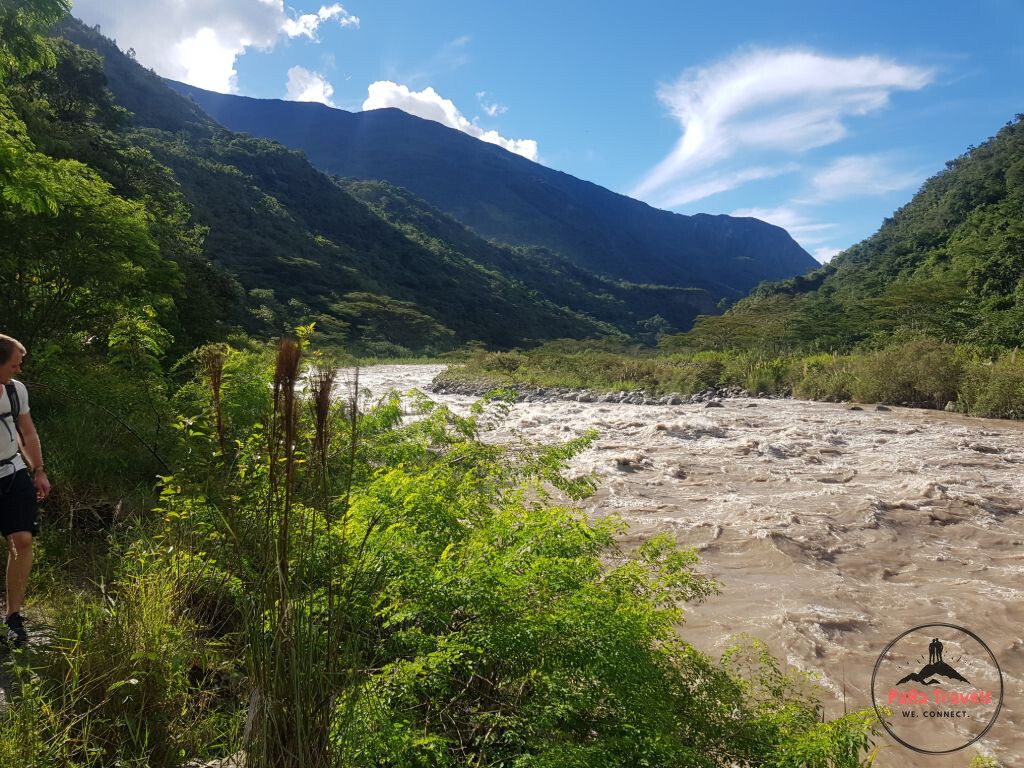
Peruvian Amazon - Madre de Dios
Relatively close to Cusco there are two opportunities to visit the Peruvian Amazon. We certainly advise you to visit the Amazon if you have a few days left and want to get out of your comfort zone.
The two parks closeby are Manu and Tambopata. Both are very good options to discover the Amazon. The main difference between the two is that Manu is a bit more remote than Tambopata. The result is that there are fewer tourists, the chance of seeing many animals is greater, but the price is higher. The Madre de Dios river is a branch of the huge Amazon river and its branches cross through both parks. Manu can be reached only by bus, while Tambopata can be reached through the city of Puerto Maldonado by bus or by plane.
We advise you to stay a minimum of 4 days to really get to know Manu or Tambopata. More about the parks can be found on the specific pages mentioned above, or on our guide on Cusco.
